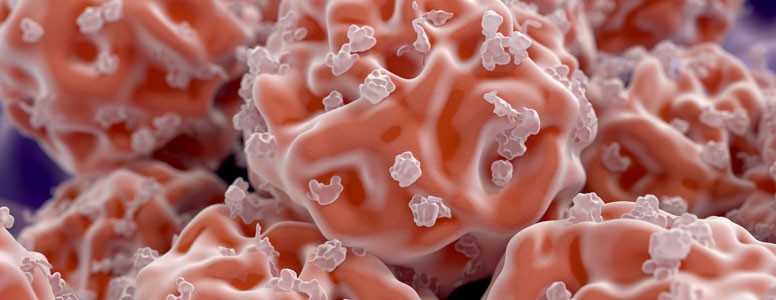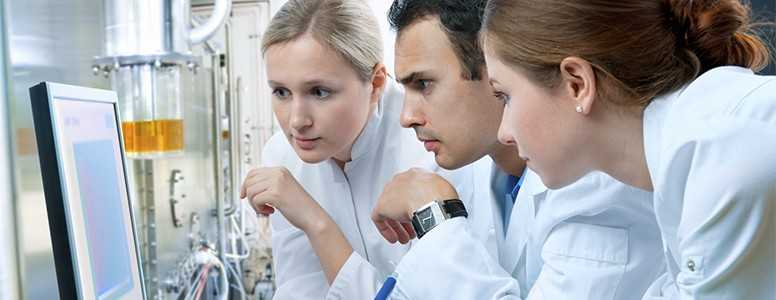Stem cells cultivated in low-Earth orbit at a US national lab aboard the International Space Station (ISS) could advance therapies aimed at regenerating insulin-producing cells in type 1 diabetes.
Researchers are looking at two main ways of using stem cells for treating type 1 diabetes: as beta cell producing factories or as cells that support beta cell repair. In both cases, the goal is to cultivate stem cells that are best suited for the job.
To that aim, Dr Abba Zubbair, a researcher from the Mayo Clinic in Florida, is testing a new way of growing stem cells to improve their quality: sending them to outer space.
Zubbair’s experiment consisted of shooting into space a bio-engineering tool, ordinarily used to cultivate stem cells, inside a satellite womb-like capsule so the cells experience the absence of gravity.
The argument goes that stem cells behave very differently in space than when grown in a terrestrial lab. When they replicate in a lab, on a flat surface, many of the stem cells develop imperfections and have to be discarded.
In contrast, the kind of weightlessness experienced in space, called micro-gravity, has an effect on cell proliferation and survival. It mimics the beneficial environment in which fetuses develop in the womb, as they float in amniotic fluid.
Zubbair’s unmanned space flight experiment set out to test whether the stem cells do indeed proliferate faster in micro-gravity without suffering any side effects.
He and his colleagues used the American space transport services company, SpaceX, to send the satellite wombs carrying samples of donated adult stem cells and equipment about 250 miles above the Earth’s surface.
“Up there, one of the astronauts helped us to image the cells, harvest the cells and freeze them in a way that we can use them here on Earth and compare them to cells we grew here in the lab,” Zubair told the website Salon.
The batches of stem cells stayed at ISS for an unknown number of days, until finally researchers retrieved the samples back from space yesterday inside a SpaceX rocket that landed off the coast of California.
The next step for Zubbair and his colleagues is to analyse the data collected during and after the space trip, including which genes were turned on or off and the cells’ structure, and compare these results to those of lab-grown cells.
If it is proved that stem cells can grow faster in space, research teams around the world working on stem cell therapies could use floating labs like Zubbair as a way to produce the cells in the quantities needed for treating type 1 diabetes.
What's new on the forum? ⭐️
Get our free newsletters
Stay up to date with the latest news, research and breakthroughs.






